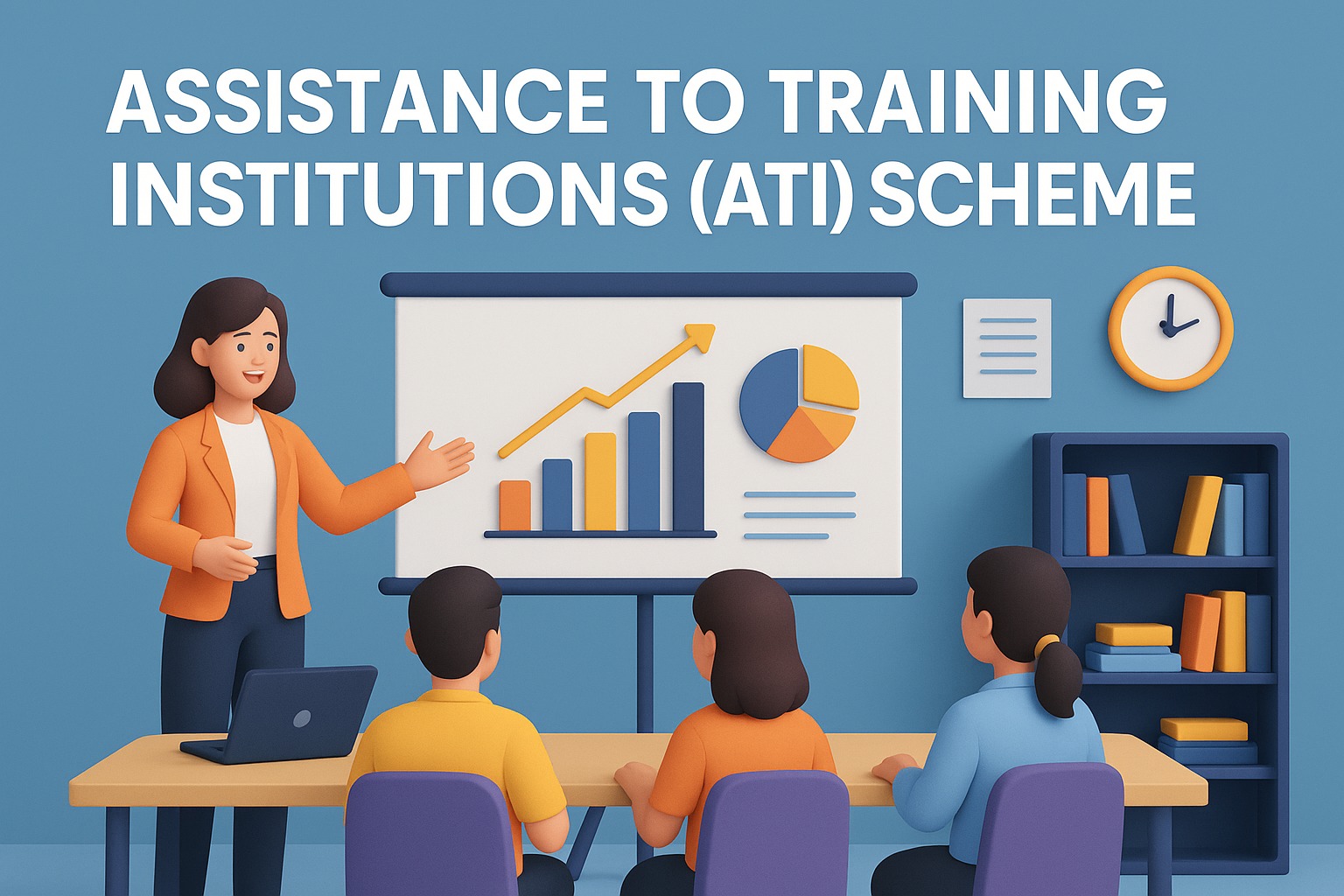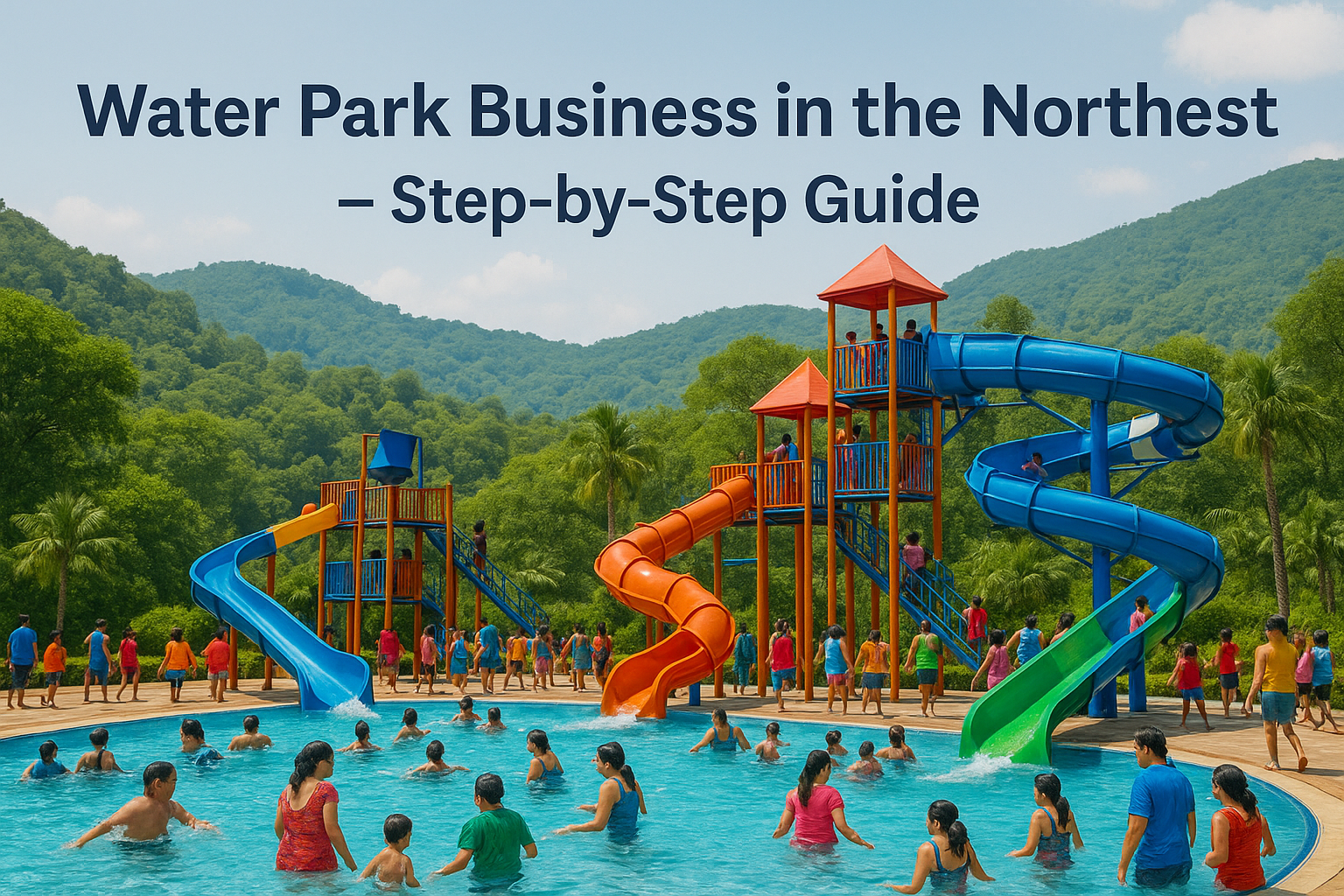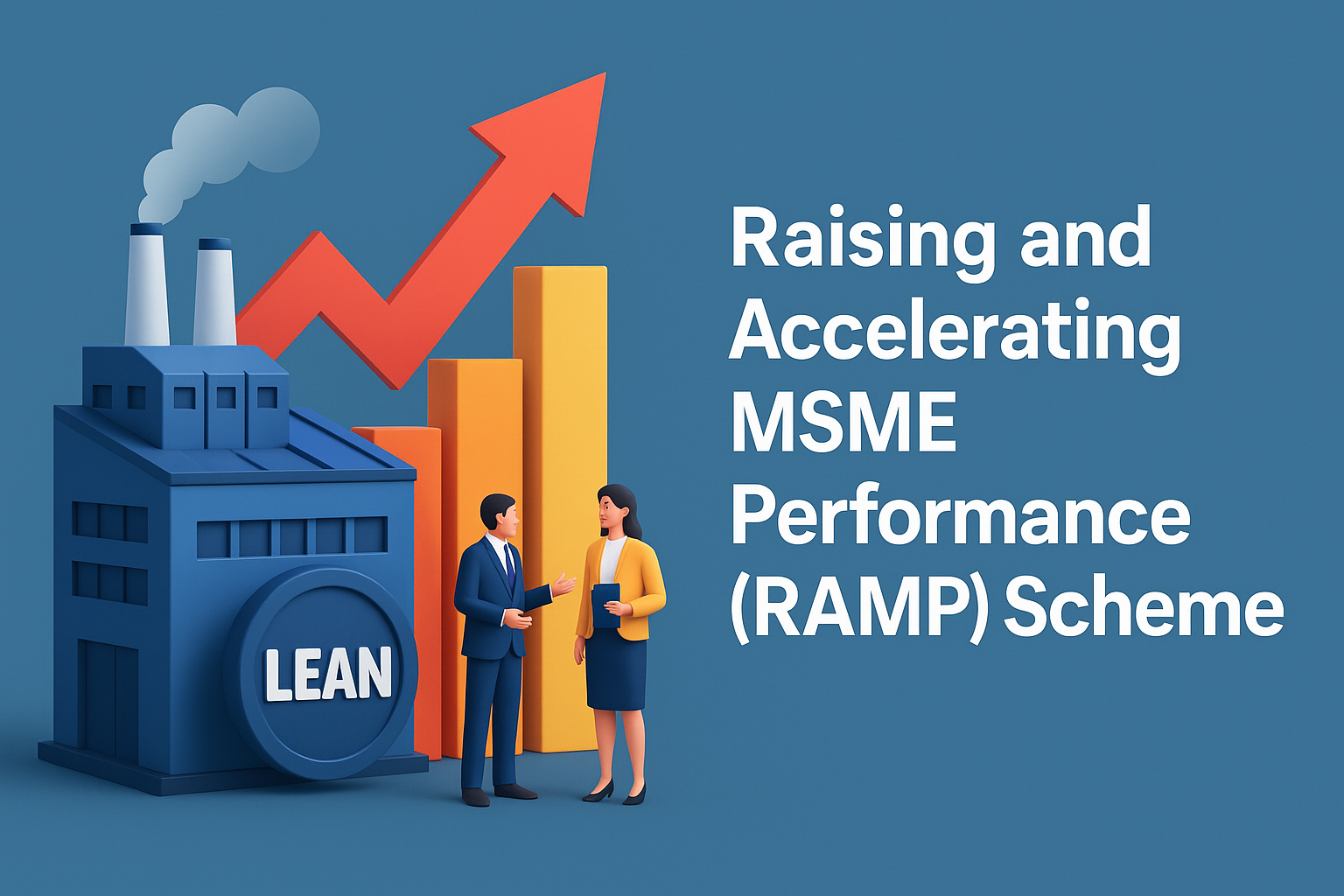Introduction
The Assistance to Training Institutions (ATI) Scheme 2025 is a central government initiative under the Ministry of Micro, Small and Medium Enterprises (MSME). Its core aim is to provide financial assistance to state and national-level training institutions to improve the capacity, reach, and infrastructure required for high-quality entrepreneurship and skill development.
Through capital grants of up to Rs. 3 crore, this scheme plays a pivotal role in ensuring that MSME training reaches aspiring entrepreneurs even in remote and underdeveloped regions.
📅 Table of Contents
- Objective of the ATI Scheme
- Types of Assistance Provided
- Eligible Institutions
- Maximum Financial Support Offered
- Infrastructure Development Scope
- Skill Development Program Support
- Application Process
- Who Should Apply?
- Benefits of the ATI Scheme
- FAQs
- How Sigma Solutions Can Help
- Conclusion
1. Objective of the ATI Scheme
- Support entrepreneurship and skill development by enhancing the training ecosystem
- Provide financial grants to eligible institutions for infrastructure upgradation
- Expand the training capacity of state and central institutions aligned with MSME growth
2. Types of Assistance Provided
The ATI Scheme offers two types of financial support:
- Capital Grants
- For infrastructure development like classrooms, equipment, labs, hostels, etc.
- Skill Development Program Support
- For conducting MSME-oriented certified training programmes
3. Eligible Institutions
Institutions eligible under ATI 2025 include:
- National-level MSME training institutions (e.g., NI-MSME, NSIC, KVIC, Coir Board, Tool Rooms, MGIRI)
- State-level Entrepreneurship Development Institutes (EDIs) owned and operated by the State Government/Union Territory
❌ Note: Private training institutions are not eligible.
4. Maximum Financial Support Offered
- Rs. 3 crore per project (maximum) for State-level EDIs
- Grant amount must not exceed actual project cost
- Institutions are usually required to co-invest or contribute part of the total cost
5. Infrastructure Development Scope
Grants under the ATI Scheme may cover:
- Construction of classrooms, administrative blocks, and labs
- Procurement of training equipment, simulation tools, IT assets
- Development of hostel accommodation and dining facilities
- Expansion or modernization of existing infrastructure
6. Skill Development Program Support
Alongside physical infrastructure, funding may also include:
- Execution of certified entrepreneurship/technical courses
- Trainer honorariums, training kits, and printed/digital course material
- Support for seminars, demo sessions, and capacity-building events
7. Application Process
To apply:
- Prepare a Detailed Project Proposal (DPR) with item-wise cost breakdown, infrastructure layout, training goals, etc.
- Send application to:
Director/Deputy Secretary (EDI),
Ministry of MSME,
Udyog Bhawan, Rafi Marg, New Delhi – 110011 - Await technical evaluation, field inspection, and ministry approval
- Fund disbursal post verification and compliance checks
8. Who Should Apply?
- State EDIs planning expansion or modernization
- Central institutions under the Ministry of MSME with upcoming capacity needs
- Institutions conducting long-term entrepreneurship or skill development programs for MSME beneficiaries
9. Benefits of the ATI Scheme
- ✅ Improved infrastructure for delivering high-quality MSME training
- ✅ Expansion of training reach to Tier 2 and Tier 3 locations
- ✅ Encouragement to State Governments to invest in public entrepreneurship development
- ✅ Reduced dependence on private, urban-based training centers
10. Frequently Asked Questions (FAQs)
Q1: Can private institutions apply?
No. Only public MSME institutions and state-owned EDIs are eligible.
Q2: What is the maximum financial assistance available?
Up to Rs. 3 crore, subject to project scope and cost justification.
Q3: Are both infrastructure and training eligible?
Yes. Capital grants are the focus, but training program costs may also be considered.
Q4: Is new construction allowed?
Yes, if supported by a strong justification in the DPR.
Q5: Is co-funding mandatory?
Yes. The applicant institution must contribute a share of project expenses.
Q6: Are recurring costs (salaries, utilities) covered?
No. Only capital expenditure is funded.
Q7: Can Sigma Solutions help with proposal writing?
Yes, we provide DPR drafting, budgeting, formatting, and ministry liaison.
Q8: Is there a specific deadline?
Proposals are accepted on a rolling basis, subject to annual allocation.
Q9: Can two institutions from the same state apply?
Yes, if they are distinct and meet eligibility independently.
Q10: How long does approval take?
Generally 3–6 months after complete submission.
11. How Sigma Solutions Can Help
We offer end-to-end support for ATI Scheme applications:
- ✅ Project Feasibility Report & DPR drafting
- ✅ Budget formatting, cost estimation, and layout planning
- ✅ End-to-end application submission and ministry coordination
- ✅ Support during approval inspection and fund disbursal
- ✅ Post-approval compliance, reporting, and project tracking
📞 Contact: +91-9084729472
📧 Email: [email protected]
🌐 Website: www.sigmasolutions.in
12. Conclusion
The ATI Scheme 2025 is a timely initiative for public institutions looking to upgrade their training infrastructure and deliver impactful MSME-focused capacity-building programs. It bridges critical infrastructure gaps in skill ecosystems and strengthens institutional delivery of entrepreneurship programs.
If you’re part of a government-run EDI or central MSME training body, don’t miss this opportunity.
Let Sigma Solutions handle your application process, DPR creation, and approval journey with complete professionalism.






